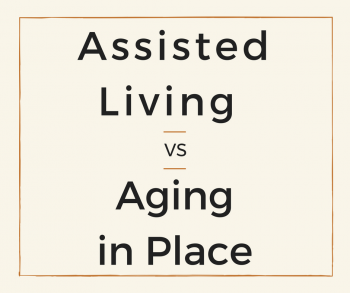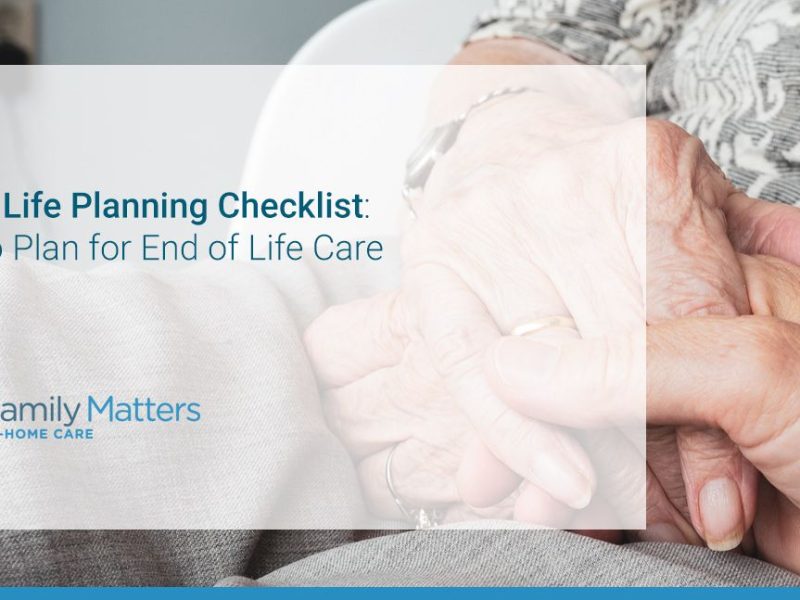Low vision: definition, causes, symptoms and treatments
The low vision, more commonly known as malvoyance, concerns more than 2 million French people. Low vision is between blindness and good vision and its symptoms are as numerous as its causes. Focus on a highly disabling visual impairment !
What is low vision ?
We are not yet talking about blindness in low vision, but we are getting very close. People with low vision have a very low risk of being bitten extremely poor visual acuity which, even with optical correction, does not go beyond 4/10 and a field of vision of less than 60° (instead of 180° in normal vision).
Low vision mainly affects people over 50 years of age and handicaps their daily life. Even when wearing glasses with a strong correction, the loss of vision is such that reading, recognizing faces and all everyday activities become difficult, if not impossible..
The causes of low vision
There are many reasons for low vision, the main ones being
- AMD (age-related macular degeneration) This disease is the main cause of low vision. Common in people over 55 years old, AMD mainly affects central vision.
- An eye injury The cornea of the eye is fragile and all it takes is an accident or a trauma for the cornea to be affected. The visual impairment is often significant and sometimes leads to a total loss of sight.
- Heredity Low vision can be caused by genetic factors, such as retinitis pigmentosa, where the field of vision gradually decreases until blindness occurs for a large proportion of the visually impaired.
- Infections Low vision is caused by a disease such as measles, transmitted from mother to child during pregnancy, or trachoma (a disease due to a lack of hygiene present in underdeveloped countries).
- A lazy eye syndrome This pathology, which affects only one eye, is the result of poor information processing between the eye and the brain.
- Cataracts The progressive opacification of the ocular lens prevents light from reaching the retina. This decrease in vision, due to the natural aging of the eye, is fortunately easily treated by replacing the lens with an implant.
- Diabetic retinopathy Diabetes: Diabetes damages the blood vessels of the retina causing various eye problems and even blindness.
- Glaucoma This pathology causes an increase in eye pressure and damages the optic nerve.
Common signs and symptoms of low vision
The visual disorders and symptoms observed by the majority of patients with low vision are :
- Partial loss of the visual field.
- Tunnel vision.
- The appearance of spots (scotomas) and shadows in the visual field.
- Sensitivity to light, both indoors and outdoors.
- Impaired vision of colors and contrasts.
- Distorted and/or blurred vision.
If you experience one or more of these symptoms, go see an ophthalmologist as soon as possible. He will perform an ophthalmological screening and following the results will refer you to an orthoptist or an optometrist to begin a rehabilitation and a treatment low vision optician to find the visual aid best adapted to your habits.
Good to know If you have low vision, you should know that you will not be allowed to drive because you need a minimum of 5/10 to keep your driving license.
Evaluation and treatment of low vision
Low vision can be prevented or delayed, depending on the cause of the disease, with medication or surgical treatments. On the other hand, once it has set in, low vision is unfortunately not treatable. However, even if you cannot regain normal vision, there are solutions to help you in your daily life.
Following the eye examination performed by your ophthalmologist, he or she will refer you to various treatments:
- Orthoptics Visual rehabilitation: this visual rehabilitation will allow you to adapt to your environment. With the help of training, you will be able to see, read and do all your daily activities with peripheral vision.
- The visual aidsAMD : technology can also help you thanks to specific magnifying glasses, special filters incorporated directly into the glasses or lenses, optical systems such as the hand-held Kepler, the right choice of lamps and electronic aids such as voice systems.
You should know that the social security can cover all or part of the related costs (orthoptic sessions, purchase or rental of equipment). You can also contact the MDPH of your place of residence (for those under 60 years of age) and the Local Information and Coordination Center if you are over 60 years of age. There are many aids for the visually impaired, find out more !
To conclude Low vision is a very important visual handicap. Even if you do not regain your visual abilities, do not remain alone in the face of visual impairment.


